With the theme “The Right to Food for a Better Life and a Brighter Future”, World Food Day 2024 (October 16) highlights the important role of sustainable food systems in ensuring everyone’s basic right to nutritious food and healthy diets.
This theme fits with developments in nutrition research and practice discussed in the chapter “Our Diets and Nutrition” in the United Nations State of Food Security and Nutrition in the World 2024 report.
The report highlights a shift from focusing solely on producing more food to provide calories to promoting sustainable healthy diets that address all forms of malnutrition while also addressing environmental sustainability. This approach is central to realizing the right to food.
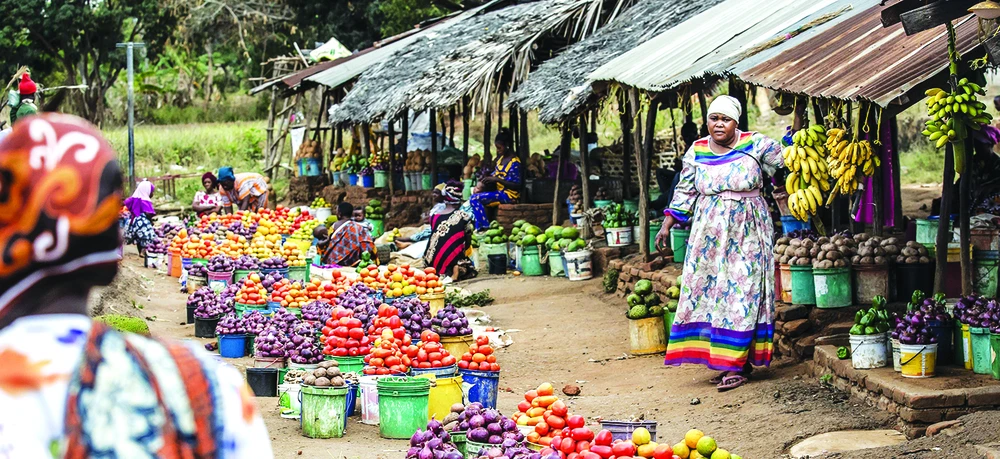
On this occasion, UN Secretary-General Antonio Guterres said that by 2022, about 35.4% of the global population, equivalent to 2.8 billion people, will not be able to afford a healthy diet. This rate in low-income countries is up to 71.5%, a sharp difference compared to 6.3% in high-income countries.
The proportion of people in Africa who cannot afford a healthy diet is 64.8%. In Asia, it is 35.1%; in Latin America and the Caribbean, 27.7%; in Australia, 20.1%; and in North America and Europe, 4.8%. In low-income and lower-middle-income countries, the number of people who cannot afford a healthy diet increased from 2019 to 2022.
This is a result that reflects how the economic recovery from the pandemic is unevenly shared and how more advanced economies are better positioned to cope with supply chain shocks, inflationary pressures worldwide on food commodity prices.
The United Nations’ State of Food Security and Nutrition in the World 2024 report estimates that achieving Sustainable Development Goal 2 (Zero hunger) will require around US$77 billion, or less than 1% of global GDP. Accordingly, one of the top priorities is to close the gap between the need for funding for food security and nutrition and the reality of funding mobilization.
In addition, significant resources need to be mobilized to implement policies, laws and interventions to end hunger as soon as possible, as well as to ensure universal access to safe, nutritious food and to end all forms of malnutrition. These financial resources are an investment in the future that governments , relevant organizations and agencies have an obligation to make.
VIET ANH
Source: https://www.sggp.org.vn/thuc-pham-hom-nay-nang-luong-ngay-mai-post763991.html





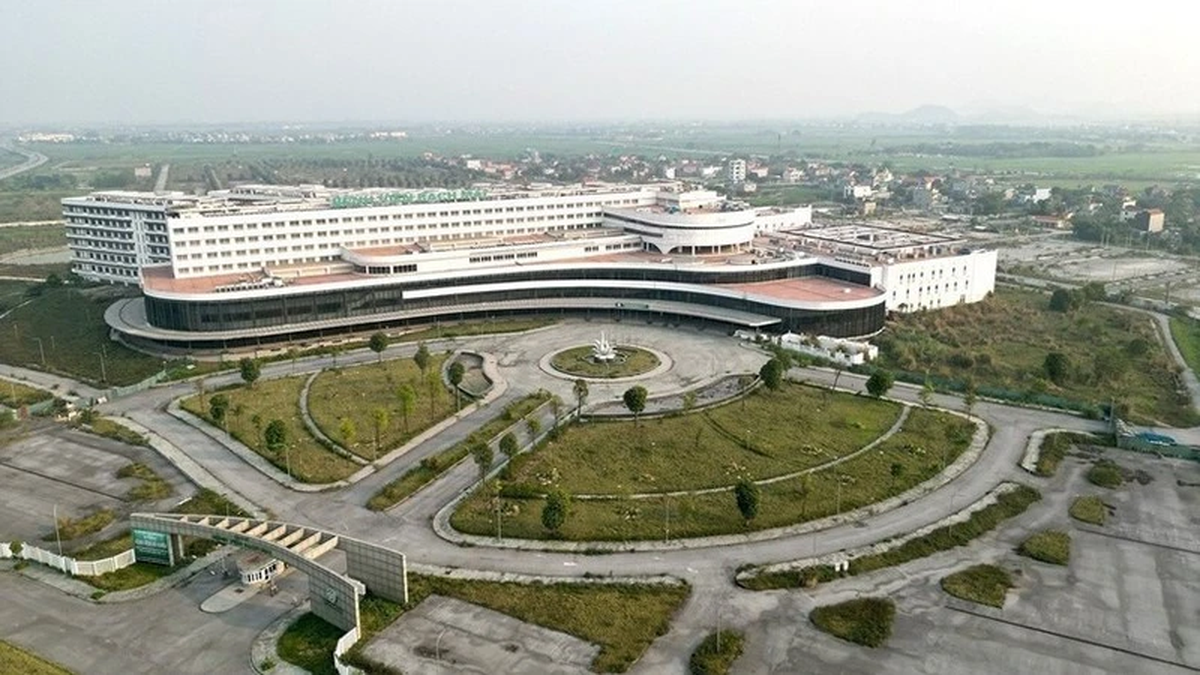

























![[Photo] National Assembly Chairman Tran Thanh Man visits Vietnamese Heroic Mother Ta Thi Tran](https://vphoto.vietnam.vn/thumb/1200x675/vietnam/resource/IMAGE/2025/7/20/765c0bd057dd44ad83ab89fe0255b783)



















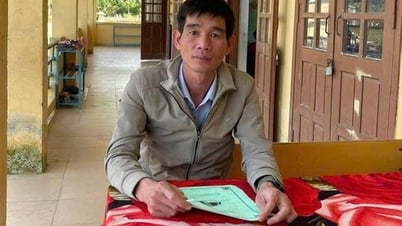




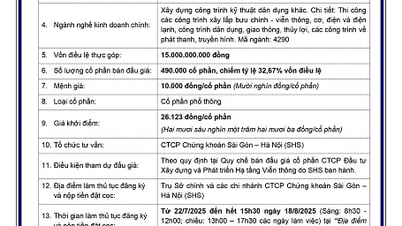







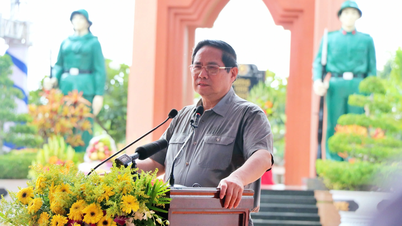












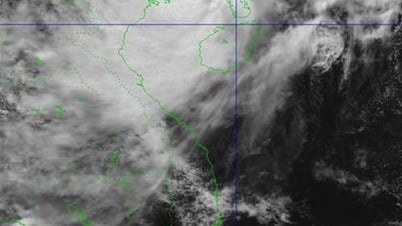























Comment (0)